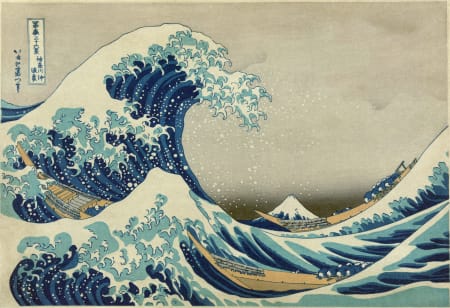
A leader of the Buddhist priests had organized the community to heal the losses. Shinto and Christian clergy were mobilized as well but were not interviewed in this program (however, the connection for the station was lost toward the end). Prayers were presented by the monks which I recognized as in Pali (an ancient language of India spoken by the early Buddhists- same words I heard in Chiang Mai, Supanburi, and Jomtien, Thailand). One monk remained in the temple to provide support for the community despite the proximity to the power plant melt down and dangers. The monks listen deeply as the people share their pain about the events, and they help the victims talk about this pain.
In the interviews a central topic was about how “religion” holds a space for questions of the after-life. Buddhism is not technically considered a “religion”. Buddhism and Japanese culture hold dear their ancestors, thus those who physically died are still part of everyday life, and remain important in the community. At one local the community had a cemetery for the children who died at their young age. The stone markers had been buried by the tsunami’s mud and the team with the community unearthed this site- as it had great importance. Every day they wish these children well in the next life. This seems to be an important bridge for the people to keep faith and hope in the face of tragedies and death.

